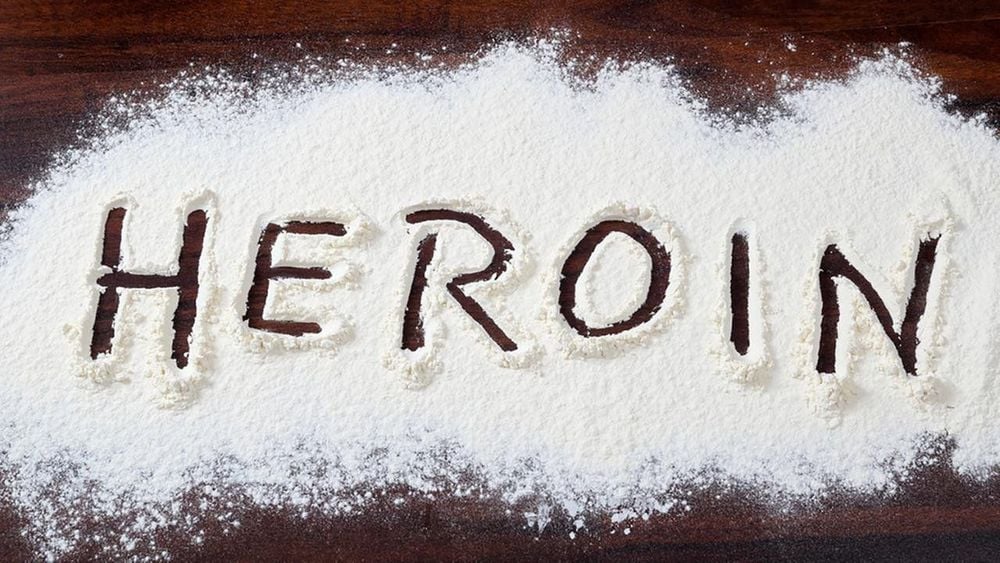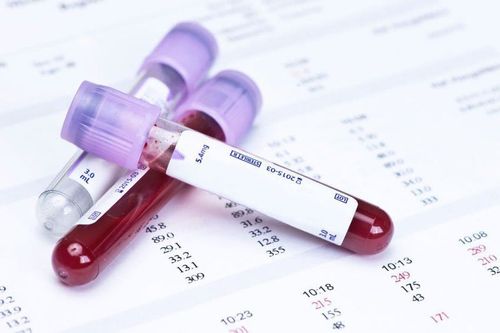This is an automatically translated article.
The article is written by Master - Doctor Nguyen Ngoc Phu - Emergency Medicine Doctor - Intensive Care Department - Vinmec Times City International Hospital.
Narcotics are stimulants that, when used repeatedly, can be addictive, of natural, semi-synthetic or man-made origin.
1. Some new concepts about drugs
According to the definition of the United Nations Organization: Drugs are understood as "substances of natural or synthetic origin that, when entering the body, will change the psycho-physiological state of the user".
According to the World Health Organization: Drugs in the broadest sense are “any chemical entity or mixture other than that which is required for the maintenance of normal health, the use of which is Using those things would alter the biological function and possibly the structure of the object.”
Law on Drug Prevention and Control No. 23/2000/QH10 of Vietnam, passed by the National Assembly on December 9, 2000, effective from June 1, 2001, also introduced the concept of drug through the definition. As follows:
Narcotics are addictive substances, stimulants or psychoactive substances that easily cause addiction to users.

Ma túy không chỉ gây tổn hại cho sức khỏe người bệnh mà còn là mối nguy của xã hội
2. How many types of drugs are there?
Based on the origin, effects on the nervous system, the level of addiction... people give some classifications of drugs as follows:
2.1 Classification by origin
Based on the origin of drugs, people are divided into 3 types: drugs of natural origin, semi-synthetic drugs and synthetic drugs.
Natural drugs: These are naturally available narcotics, alkaloids of some plants such as poppy (poppy), cannabis (hemp), coca (cocaine). Semi-synthetic drugs: These are drugs that are partially synthesized from some drugs available in nature, with stronger effects than the original drug. For example: Morphine, heroin Synthetic drugs: A group of drugs that are not found in nature. Synthetic drugs are synthesized from chemicals (these chemicals are called precursors): for example: Amphetamine, MDMA, ecstasy, methamphetamine...

Heroin là ma túy bán tổn hợp
2.2 Classification according to the effect on the central nervous system
Central nervous system depressants: This group, when used, causes drowsiness, sedation, decreased heart rate, respiratory depression. This group includes opium, opiate origin (morphine, heroin, cocaine...), sedatives causing sleep (seduxen, phenobarbital) Central nervous system stimulants: This group includes amphetamines and derivatives. When used, it causes increased activity, increased vitality, increased heart rate, increased respiration... Group of hallucinogens: This group causes changes in perception and surroundings, hearing unreal sounds. Including things like LSD (tongue charm), ecstasy, marijuana...
2.3 Classification according to the degree of addiction
High potency narcotics: Using small doses has caused physiological changes in people and can be addictive after a few uses. Including: Opium, heroin, cocaine, amphetamine, ecstasy... Low potency drugs: Substances that must be used in very high doses to affect the user's psychophysiology. Example: cigarettes, pipe tobacco...

Thuốc lá là một loại ma túy hiệu lực thấp
2.4 Classification by law
Legal drugs: For example: Alcohol, beer, tobacco, caffeine, tranquilizers, common pain relievers... Illegal drugs: Substances specified in the criminal law of Vietnam. highly addictive. Example: Opium, heroin, cocaine, amphetamine...
Please dial HOTLINE for more information or register for an appointment HERE. Download MyVinmec app to make appointments faster and to manage your bookings easily.
SEE MORE
Difficulty sleeping, not being able to sleep is it due to the influence of stimulants? Do drug test strips give accurate results? Distinguish between psychotropic and narcotic drugs









